Podcast: Play in new window | Download | Embed
For those of you who may believe that the “Girl Group” sound died in the 1960’s, it didn’t. It decided to evolve and mature in ways that were’t always geared at the Pop chart, and with a newfound freedom that didn’t always include bouffant hairdos, high heels and with new found themes of independence and honesty. #IWD2021 #InternationalWomensDay
Recently, when I spoke to someone about today’s program, their response was, “girl groups really just disappeared in the 1970’s.”
It’s a common misconception, and not with more than a fair bit of truth. Yes, male-producer driven trios and quartets, replete with songs that were primarily about love and romance, did take a nosedive by the end of the decade. In fact, only one act that featured a female line-up scored a #1 Billboard Pop hit in the first half of the decade, Honey Cone, two if you count The Three Degrees with MFSB. Considering that 1960’s ended with Diana Ross and The Supremes’ “Someday We’ll Be a Together” at the pole position, I couldn’t fault you for making this assumption that these types of acts had fallen off a precipice.
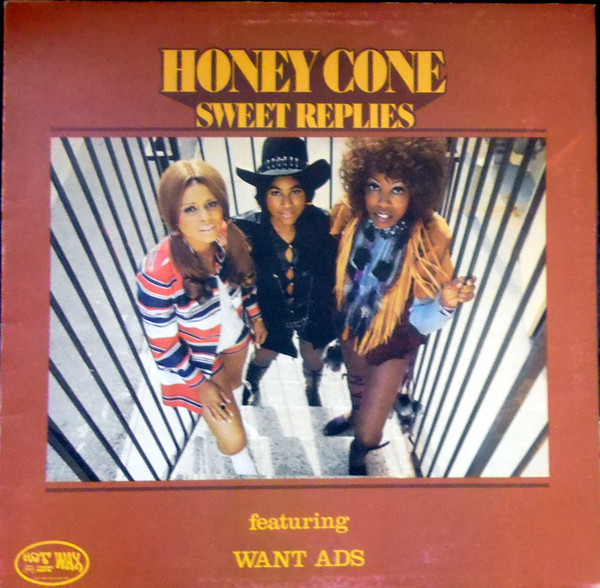
However, most of the 60’s Girl Group sounds were primarily either in the R&B, Dance and Pop fields, sometimes all three simultaneously. It wasn’t that female acts weren’t popular during the so-called “Me Decade”: Disco/Electronic Dance artist Donna Summer and singer-songwriter Carole King set the bar so high for their respective genres that they have become the gold standard. Likewise, acts with women as lead singers or playing instruments with men had also come to the fore, most notably in the Hard Rock, Funk, Punk, New Wave and Adult Contemporary styles. Note that all of these music movements also were birthed or became big during the 1970’s.
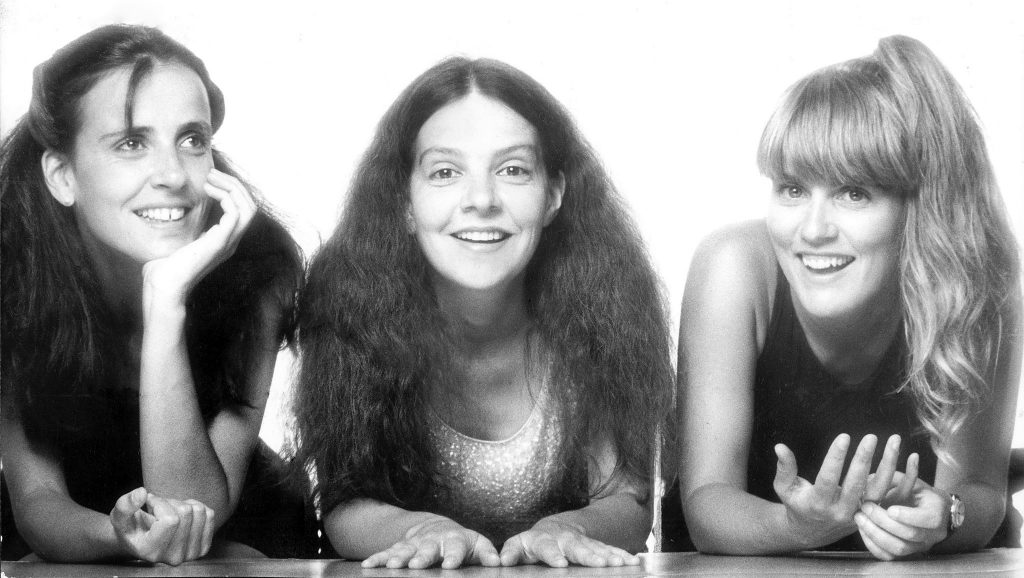
Where female vocal acts and bands did flourish was internationally. Just like with other music genres exported from the States prior, like Jazz, R&B and Rock, “girl groups” started popping up literally all over the world, especially with the mainstream explosion of Japanese Idol groups. To others outside America, this was a thoroughly exciting concept that had never previously been mined to great success in their home countries.
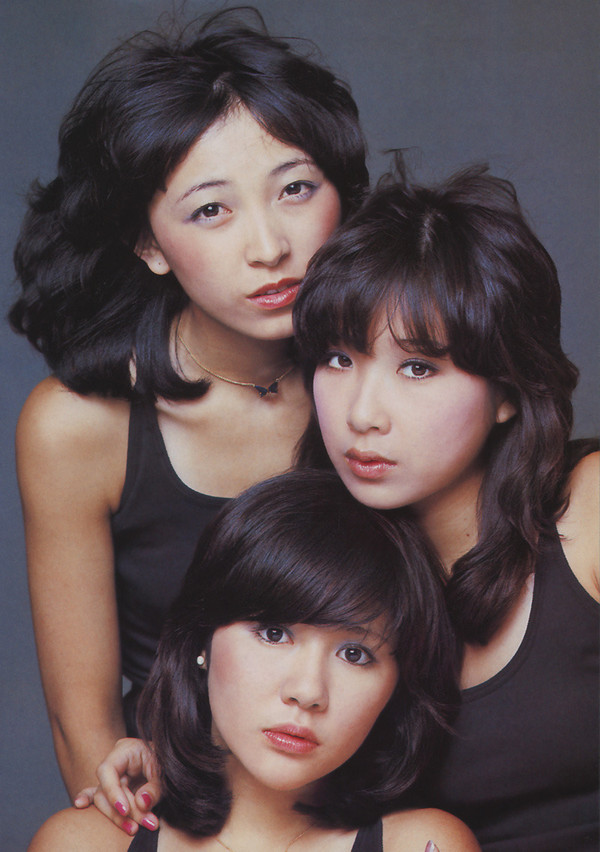
Yes, women were making incredible strides in the 1970’s by demanding the equality that they were promised in the Constitution, but still, some 50-60 years later, are still struggling to achieve. For all of this “advancement” that was apparently happening, women wanting to be treated on even footing caused a backlash by the white, conservative, male establishment who were attempting to keep them under wraps and get them back in the kitchen.
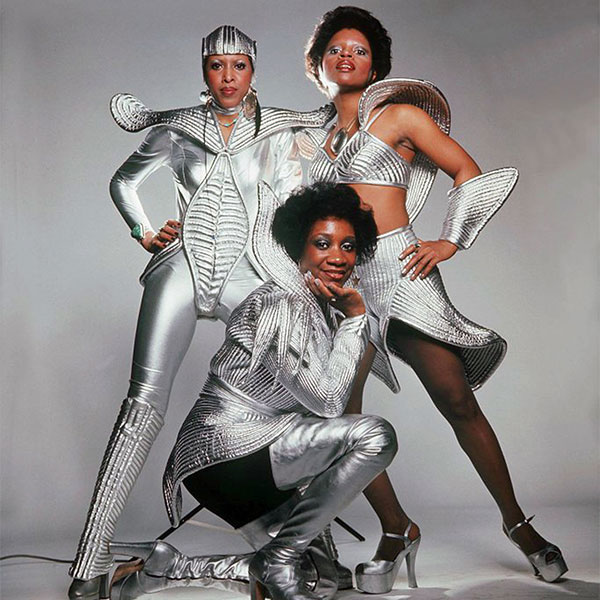
This was evident in every part of society, particularly the music industry; a women as a lead artist might be considered a novel and cute, but men definitely didn’t want to hear female musicians call them out on their bad behavior in a song they heard on the radio. God also forbid that a woman might also be a driving artistic force behind mass media, especially behind the scenes as a writer or producer.

It is this latter concept that has, in my opinion, has come to dominate and define what female vocal groups and bands of the era, who by and and large were still called “girl groups”, and not “groups of women”. Women started taking an active role in their own careers as professional musicians, and simply not just be happy to be given anything that was offered to them as if they should be just grateful and know their place.
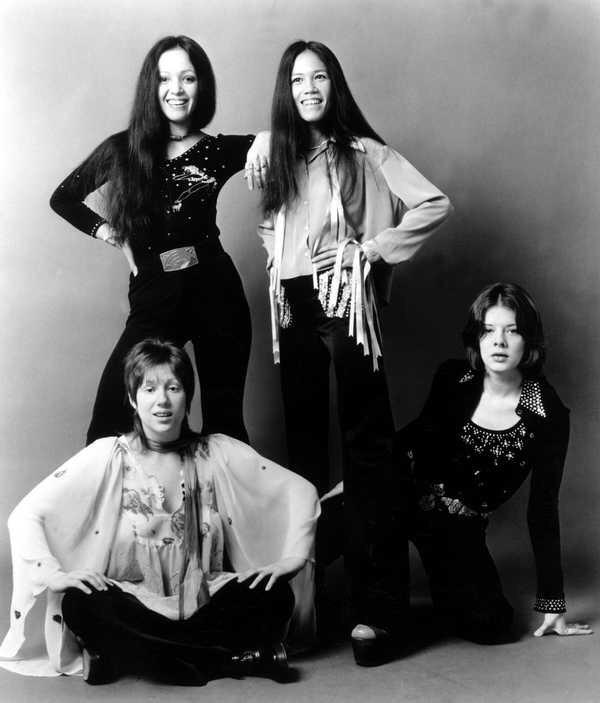
Men still control the industry, as they still do now, but in the 1970’s, women were proving, often working at times twice as hard as men, that their voices not only should be heard, but had a financial value to an business model often driven by glamour and greed.
Our program is dedicated to the late Mary Wilson, of Detroit, MI. She was one of the founders and the longest tenured member of the Supremes, the greatest all female vocal group in history. She passed away a month ago today, and is featured in this program. Her 77th birthday would have been two days ago on March 6th.
First Part
- Get Up and Boogie, 1976, Silver Convention, Get Up and Boogie
- Cookie Jar, 1978, Parlet, The Pleasure Principle
- Fairytale, 1974, The Pointer Sisters, That’s a Plenty
- One Monkey Don’t Stop No Show Pt. 1, 1971, Honey Cone, Soulful Tapestry
- Substitute, 1977, Clout, Substitute
- Lost In Music, 1979, Sister Sledge, We Are Family
- Love Und Romance, 1979, The Slits, Cut
- Angel In Your Arms, 1977, Hot, Hot
Second Part
- Maybe, 1970, The Three Degrees, Maybe
- Hammond Song, 1979, The Roches, The Roches
- Theme Song from Which Way Is Up, 1977, Stargard, Stargard
- Stoned Love (full-length album version), 1970, The Supremes, New Ways But Love Stays
- Best of My Love, 1977, The Emotions, Rejoice
- Blind Alley (live), 1972, Fanny, Beat Club performance (originally from the LP Fanny Hill)
- Haru Ichiban (remix), 1976, Kyandizu (Candies), single A-side, originally from the LP Haru Ichiban
- I Belong To You, 1974, Unlimited, In Heat
Finale
- Lady Marmalade, 1974, Labelle, Nightbirds
Love to you all.
Ben “Daddy Ben Bear” Brown Jr.
Host, Show Producer, Webmaster, Audio Engineer, Researcher, Videographer and Writer
Instagram: brownjr.ben
Twitter: @BenBrownJunior
LinkedIn: benbrownjunior
Design Site: aospdx.com
“Copyright Disclaimer Under Section 107 of the Copyright Act 1976, allowance is made for ‘fair use’ for purposes such as criticism, comment, news reporting, teaching, scholarship, and research. Fair use is a use permitted by copyright statute that might otherwise be infringing. Non-profit, educational or personal use tips the balance in favor of fair use.”
